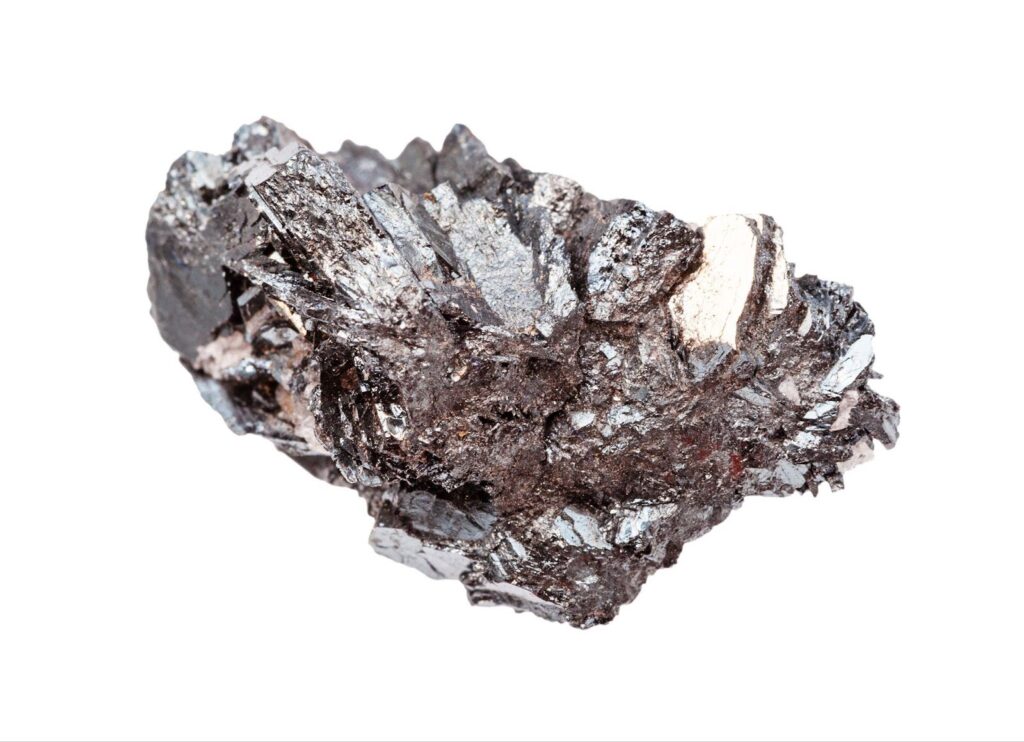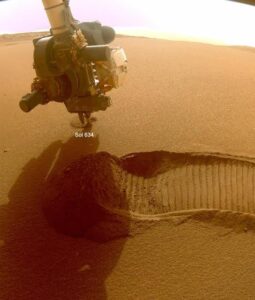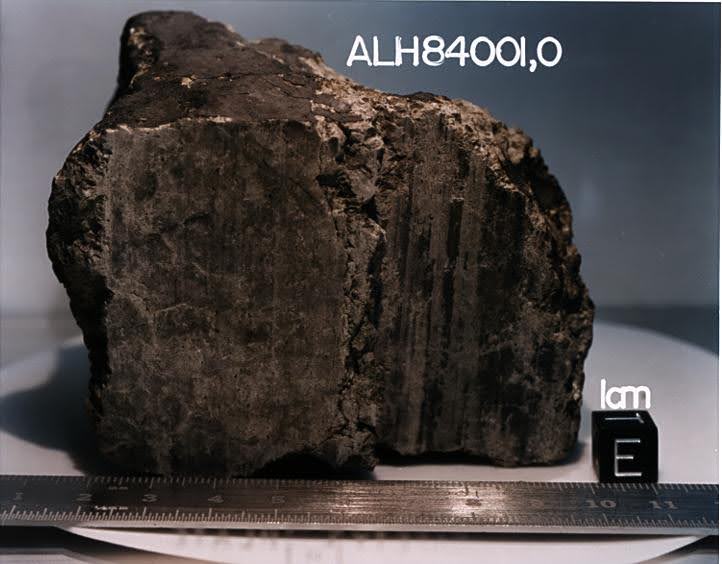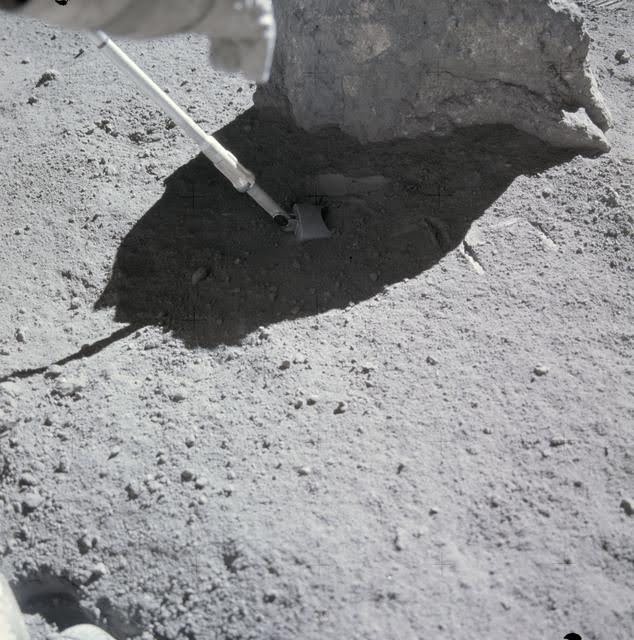Iron is one of the most important and widely used metals on Earth. It’s forming the backbone of life as we know it, supporting industries, infrastructure, and even biological processes. But as we expand into space, the role and production of iron will only become more critical.
The ability to extract and use iron in space will be key to sustaining long-term missions on the Moon, Mars, and beyond.
The Role of Iron on Earth
Iron is everywhere in our daily lives. It is a fundamental part of construction, transportation, and manufacturing. From steel production to the iron in buildings and bridges to the iron in tools and vehicles, it is almost impossible to imagine modern civilization without it. It is also essential for making magnets, catalysts in chemical reactions, and even for supporting life itself, playing a crucial role in oxygen transport in the human body.
Most of the iron we use on Earth is extracted from oxide-rich minerals like hematite (Fe₂O₃) and magnetite (Fe₃O₄). The largest and most economically significant deposits are Banded Iron Formations (BIFs), which contain vast reserves of iron ore.
These deposits, formed over 2 billion years ago, were a result of early microbial life producing oxygen, which reacted with dissolved iron in ancient oceans, causing it to precipitate as iron oxides. Over time, these deposits accumulated, creating the rich iron ore reserves we mine today.
How Iron is Extracted and Used
Iron is extracted through smelting, a process that uses heat and a carbon source (such as coke) to reduce iron ore to molten iron. During this process, impurities are removed, forming slag, while the purified iron is tapped from the bottom of the furnace.
Iron is known for its high tensile strength, malleability, and ductility, which makes it an ideal material for various applications.
Some of its most important uses are:
- Construction & Infrastructure: Used in buildings, bridges, and railways due to its durability and load-bearing capabilities.
- Transportation: Essential in automobiles, ships, and trains.
- Manufacturing & Tools: Found in machinery, tools, and industrial equipment.
- Magnets: Used in electric motors and generators.
- Chemical & Catalytic Applications: Plays a key role in industrial chemical processes like the Haber process for ammonia production.
Iron’s abundance, versatility, and strength are what make it one of the most important metals on Earth, and these same properties will make it indispensable for space exploration.
Why Iron is Essential for Space Exploration

As humanity ventures beyond Earth, iron will be one of the first metals needed to establish self-sufficient habitats and infrastructure. Building bases on the Moon and Mars will require huge amounts of structural materials, and continuously transporting iron from Earth is impractical due to extreme costs and logistical challenges.
This makes in-situ resource utilization (ISRU), the ability to mine and refine local materials, an essential strategy for sustainable space expansion.
How Much Iron Will We Need?

There is no correct answer to this question, at least for now. The exact quantity of iron required for future lunar and Martian colonies depends on the scale of construction, but probably thousands of tons will be needed just for initial outposts. Iron will be crucial for building support structures, radiation shielding, machinery, and tools.
As settlements expand, demand will skyrocket, making local mining and processing of iron-rich materials a necessity rather than an option. Without a reliable source of iron in space, constructing permanent off-Earth habitats would be nearly impossible. Beyond construction, iron would also play a critical role in maintaining space habitats. It would be used in life-support systems, power generation, and equipment manufacturing, ensuring that astronauts have the tools and resources needed for survival.
But, before we can fully use iron beyond Earth, we must first identify where it can be found and how we can extract it. Many celestial bodies contain iron in different forms, and each of them presents unique opportunities and challenges for space mining.
Where Can We Find Iron in Space?
So, where can we find iron in Space? Well, iron is widely distributed across the solar system, present in asteroids, planetary regoliths, and other, more classical forms of mineral deposits, and each of these sources offers unique opportunities and challenges for future space mining operations.
Asteroids: The Hidden Metal Reserves
Asteroids are often seen as rocky debris floating in space, but some of them hold a vast supply of valuable metals. The asteroid (16) Psyche is one of the most intriguing examples. Researchers believe that Psyche might be the exposed metallic core of a protoplanet – a celestial body that started forming into a planet but never reached full development. If true, this means Psyche could be largely made of iron, nickel, and even precious metals like gold and platinum group metals.
Psyche is much larger than most asteroids, measuring around 225 kilometers in diameter. If its metallic composition is confirmed, it could be one of the richest sources of iron in the solar system, holding immense potential for future space mining. NASA’s Psyche probe, launched in 2023, is expected to arrive in 2029 to gather data on its composition, gravity, and magnetic field, which will help determine its potential for future extraction efforts.
Iron in Lunar and Martian Regolith

Both the Moon and Mars contain iron-bearing minerals in their surface layers. Lunar regolith is rich in ilmenite (FeTiO₃), which can be processed to extract iron and titanium. Ilmenite is a titanium-iron oxide mineral that can be refined using various techniques, including molten salt electrolysis, to produce iron and oxygen, both essential for space habitats.
On Mars, significant deposits of hematite – a key iron ore on Earth – have been observed, particularly in regions where water was once present. These formations, sometimes called “blueberry hematite“, suggest that iron is widely available on the Martian surface. This abundance of iron-rich minerals could support future Martian colonies by providing materials for construction, tools, and machinery.
The Role of Meteorites in Iron Distribution

Iron meteorites are an additional source of iron in space. These metallic fragments are remnants of ancient planetary bodies that shattered in space, distributing their cores across the solar system. On Mars, NASA’s Curiosity and Opportunity rovers have discovered several iron meteorites, indicating that metallic iron is already present on the planet’s surface.
Unlike raw iron ore, which requires extensive refining, these meteorites contain high-purity iron and nickel, making them an ideal and easily accessible resource for early Martian settlements. However, while these findings confirm that iron meteorites exist on Mars, the actual quantity and distribution of these deposits remain uncertain. More research is needed to determine whether they occur in sufficient abundance to support large-scale extraction and processing.
Without confirmation of widespread, accessible deposits, relying solely on meteorites as a primary resource for Martian industry may not be feasible. Future missions will need to assess their availability before committing to mining infrastructure designed to harvest them.
Extracting Iron in Space

Of course, extracting and processing iron in space will require innovative technologies. After all, it’s a task that we’re dealing with for the first time in history.
Some of the most promising methods include:
- Electrolysis of Regolith: Using molten salt electrolysis, iron can be separated from lunar or Martian regolith, with oxygen produced as a valuable byproduct. This process is particularly useful because it provides two essential resources at once – metal for construction and oxygen for life support.
- Magnetic Separation: Since iron is magnetic, powerful magnets could be used to extract iron from regolith efficiently, allowing for non-invasive and energy-efficient mining operations.
- Asteroid Mining: If Psyche and other metallic asteroids are confirmed to be rich in iron, robotic mining missions could extract and refine these metals in space, reducing the need to transport large quantities of iron from Earth.
Mastering these techniques will be essential for building a self-sufficient presence beyond Earth, reducing reliance on terrestrial resources, and making deep-space exploration a reality.
Iron – The Key to Humanity’s Expansion in Space
If we could extract and use the iron from celestial bodies, that would be a turning point for the space economy. It would make the construction of self-sustaining space colonies actually feasible, significantly reduce reliance on Earth-based resources, and lay the groundwork for massive projects like orbital stations, planetary infrastructure, and deep-space vessels.
With advances in space mining technologies, iron could become the foundation of human expansion beyond Earth. The good news? The real question is not if we will mine iron in space, but how soon we will begin unlocking its full potential.